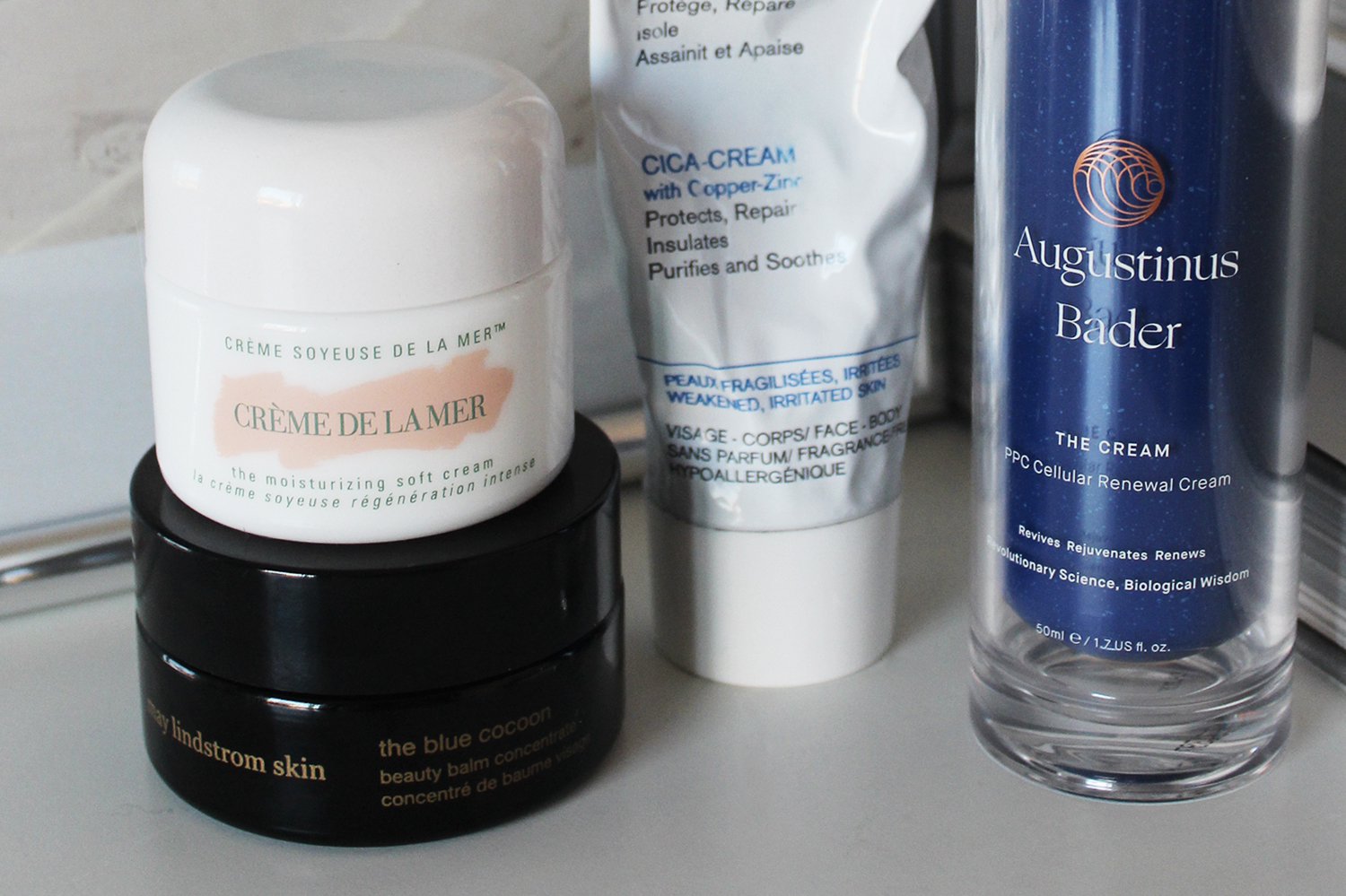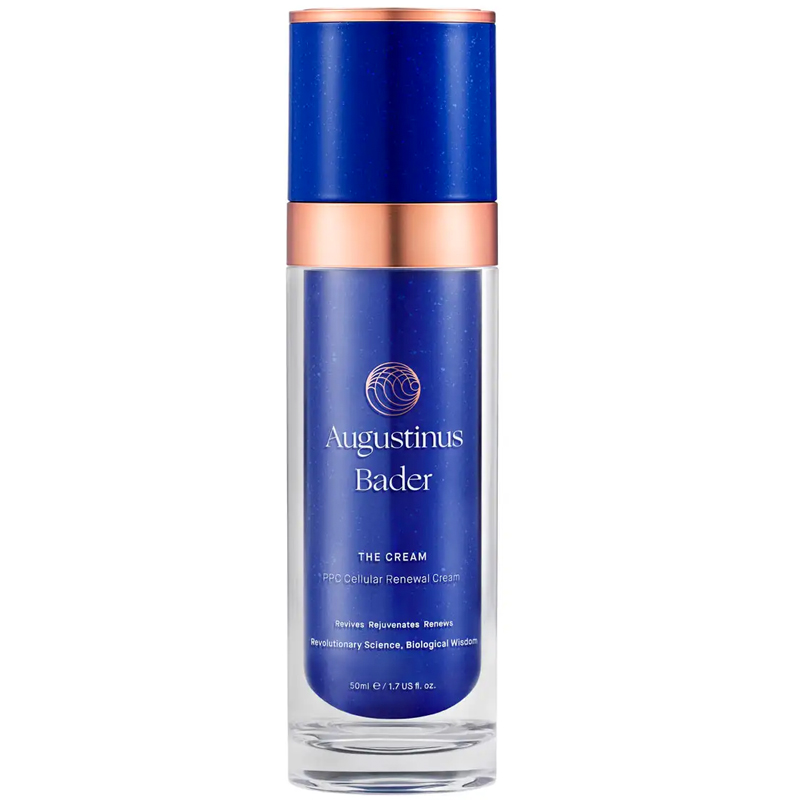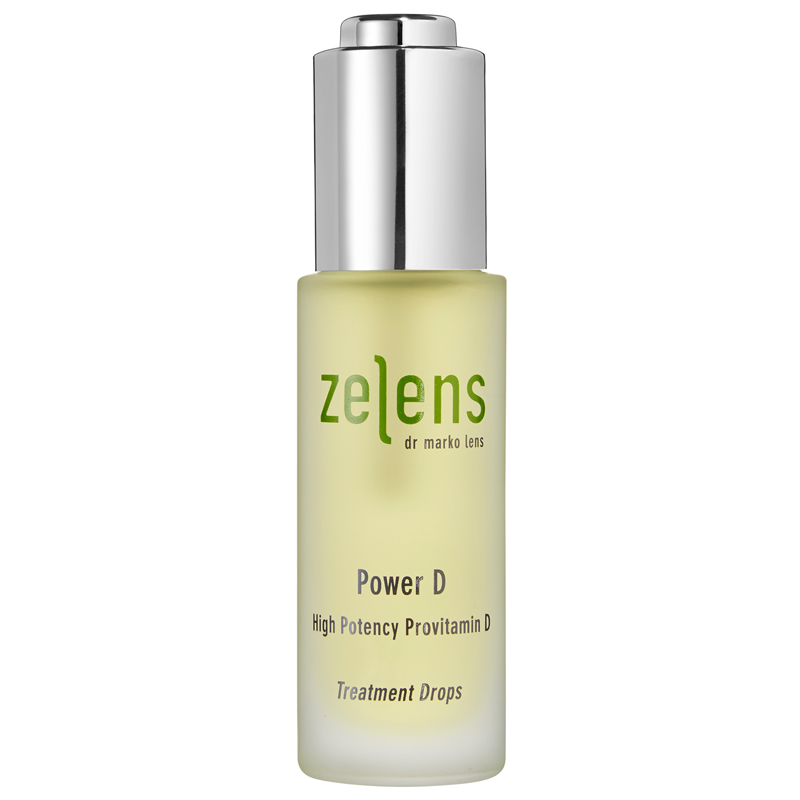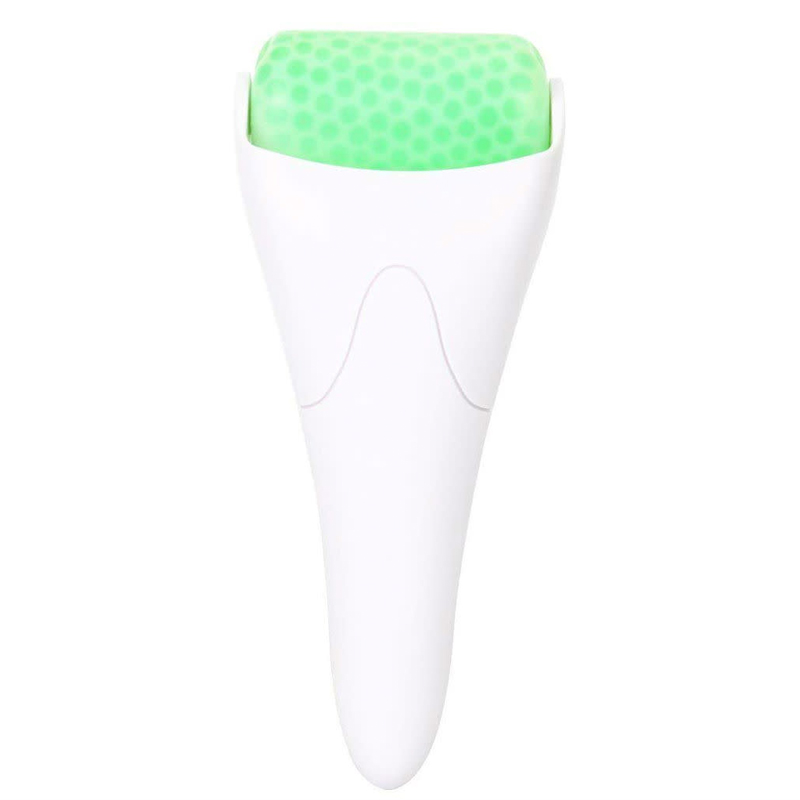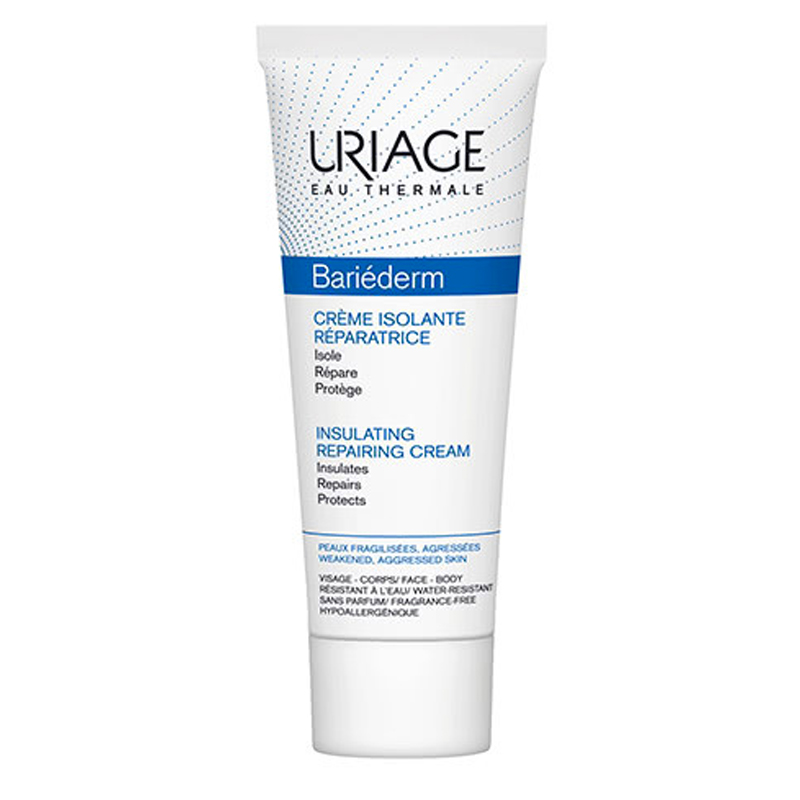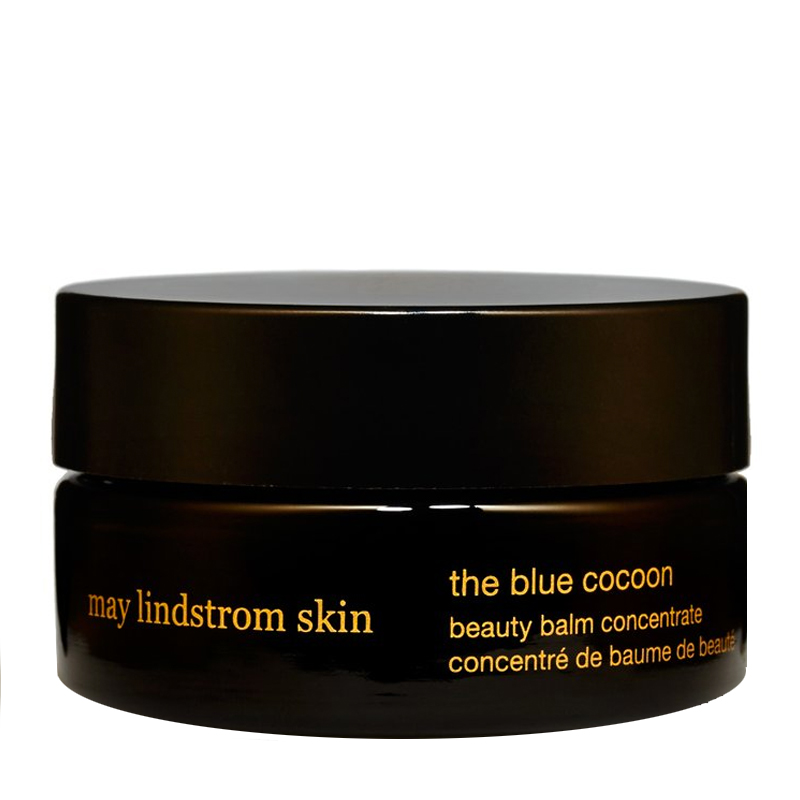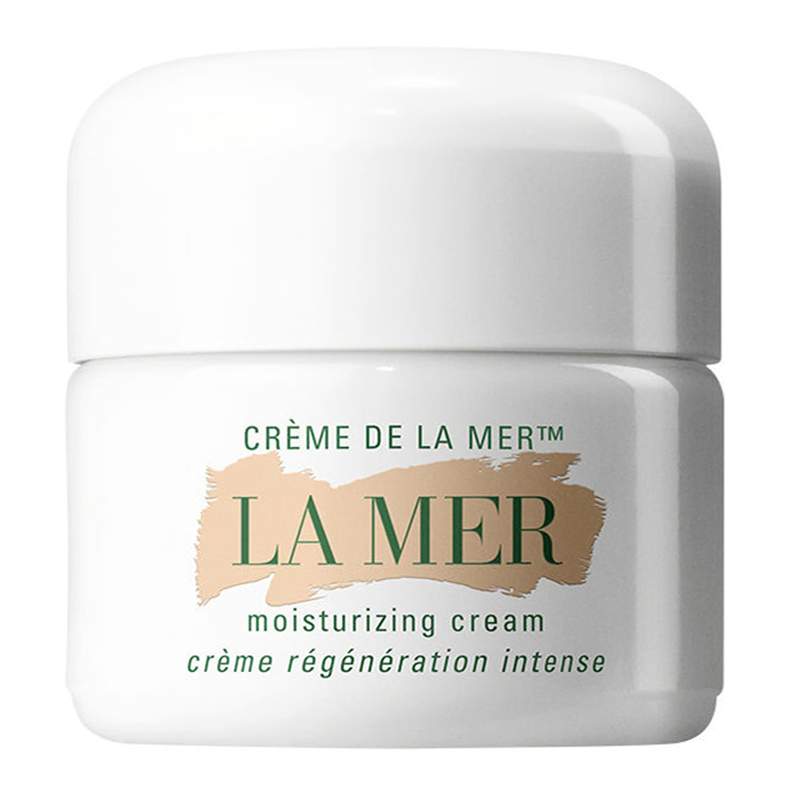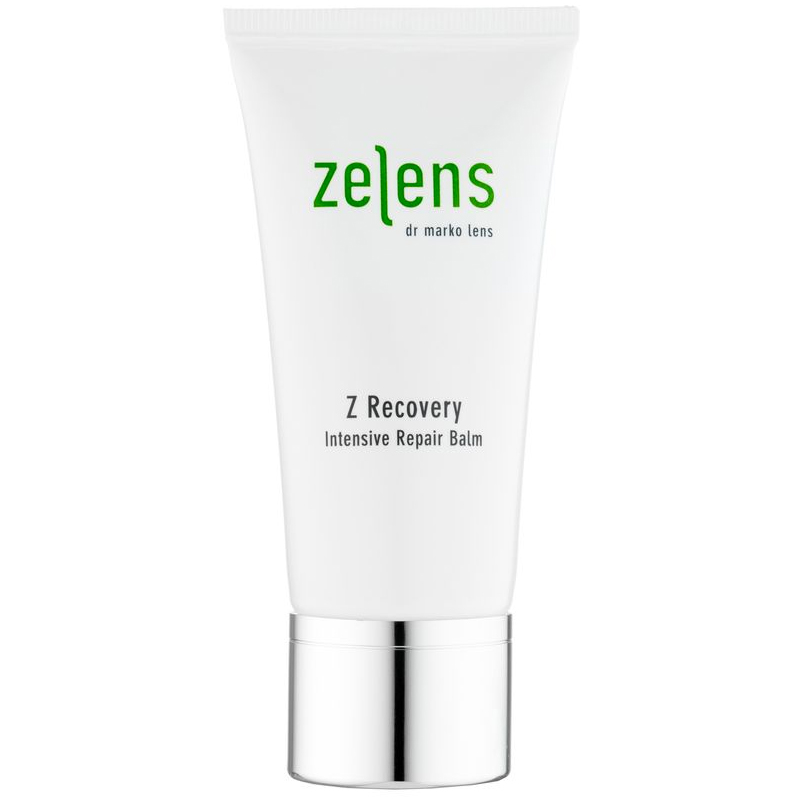It can be confusing to navigate today’s beauty arena. Not nearly as daunting as filing your own taxes (friendly reminder: file your taxes), but just as tricky to follow. Social media, the press, our peers, and our need for instant gratification often push us to consume more products than we should, which can lead to some real skin catastrophes. What to do then, when you’ve overdone it?
Whether you’re having a nasty reaction to a new product, are recovering from a chemical burn (you poor soul), or simply messed around with one too many products during Sunday’s at-home facial, it’s high time to dial it back and keep it simple when it comes to what your skin actually needs. If you find yourself in a slight state of panic due to a complexion calamity, we have a few helpful steps that should start your journey on the road to a speedy recovery.
Back to basics
Use a bare minimum of products for as long as it takes for your skin to heal. This means, first and foremost, staying the hell away from any form of active ingredient such as retinol, vitamin C, or acids. And yes, that means doing so even if your reaction is manifesting itself in the form of bumps and blemishes. Unfortunately, there’s no taming the beast now, so try to be patient and step away from the benzoyl peroxide, salicylic acid, and anything else that could do more harm to your fragile skin than good. We promise: you will thank us later!
Avoid over-exfoliating
Raise your hand if you’ve ever used a muslin cloth, physical exfoliators (such as sugar scrubs and microdermabrasion), acid toners, a Clarisonic, or retinol. We imagine there’s a lot of raised hands. Even vitamin C, at a given concentration, polishes the skin on some level. Your epidermis simply cannot tolerate it all. You wouldn’t use a dry brush on an open wound, would you? As much as exfoliation is recommended for glowing, healthy skin, some exfoliation is simply too much.
Instead of reaching for products believed to strip away surface-level issues, try using a simple creamy, non-foaming cleanser, followed by a moisturizer and/or oil, and sun protection for the time being. Your one and only focus should be rebuilding your skin’s barrier, which gets painfully damaged when irritation occurs.
Decrease inflammation
It’s important to note that a burning sensation isn’t always a sign that whatever you’re using is working. Sometimes, playing it safe is smarter than overestimating your skin’s tolerance. Try to decrease any inflammation you might be experiencing by using cool to cold water instead of warm. You can also try applying an ice roller or ice cube. Vitamin D and niacinamide are also key in taming inflammation and protecting the skin. Immensely anti-inflammatory, vitamin D has been shown to contribute to skin cell growth and repair, while also maximizing the skin’s immune system and fighting off nasty free radicals, thus preventing premature aging (bonus!). Niacinamide, a derivative of vitamin B3, is rich in antioxidants and naturally enhances the skin’s barrier function by increasing the production of essential proteins such as keratin and involucrin, which are both crucial to the outer layer of the skin. In the long run, a consistent use of niacinamide can even strengthen your skin’s tolerability to potentially irritating ingredients.
Choosing the right products
No one product alone will fix an array of issues overnight, but selecting the right one for your skin type and concern can help to give your face the time and space it needs to heal. If you’re in need of a healthy dose of vitamin D, the Zelen’s Power-D High Potency Vitamin D Drops work wonders. This extra light serum can be added to any routine and protects the skin like nobody’s business.
If you’re a looking for a moisturizing agent that does it all, look no further than Augustinus Bader’s The Cream. This high-tech skincare born out of the research of Professor Bader debuted in two versions: one for normal to combination skin, another for those with a drier complexion. The innovative formula aims to mobilize the body’s own stem cells, so that it is able to repair itself. Another hero that you may already have in your arsenal is industry favorite Creme De La Mer. It’s one I always call on when my skin is visibly parched.
Finally, May Lindstrom’s Blue Cocoon is a personal favorite. It features blue tansy, another superstar ingredient that works hard to lower inflammation and promote overall cell turnover. You can count on this little pot of joy to comfort your skin and your senses upon every application thanks to its addictive scent. For an alternative that’s more budget-friendly, Uriage’s Bariéderm is an old-school, medicinal balm that does the job without breaking the bank.
In the midst of healing your skin, it’s important to remember that anyone can react to any product. Hype, a high price point, and five-star reviews will never guarantee that a specific product will work for you, even if it performed small miracles on someone else. If you have particularly pesky or sensitive skin that seems to react to everything under the sun, try keeping a skin diary and take detailed notes every time a reaction occurs, so that you can identify what triggers the reaction. In the end, all experiences are helpful. With time and a little patience, you’ll learn to see the warning signs, so that next time you won’t cross the line.
Recommended Skin Savers
Have you ever suffered from a skin fail? How did you heal it? How long did it take? Sound off in the comments below and spare no detail.






